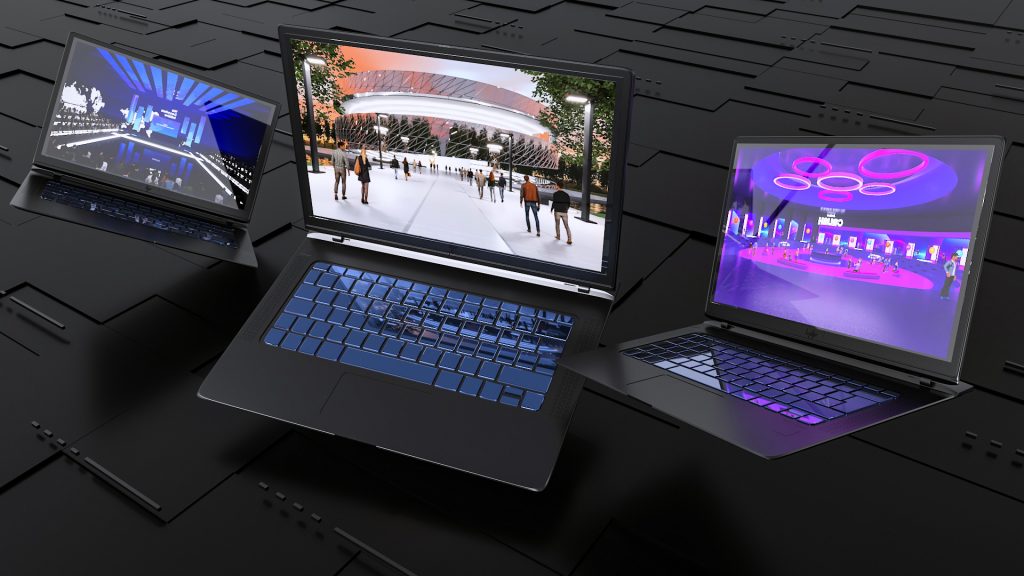
How Realtime-rendering capabilities can help clients make all important design decisions
Realtime-rendering is the process of generating and displaying realistic and interactive graphics and animations in real time, using various technologies and techniques, It provides the ability to get quicker results, making decision making a much easier process. Realtime-rendering can be used for various purposes, such as gaming, simulation, education, entertainment, and more. It can also offer many benefits and advantages for design and architecture, such as:
- The ability to create and present high-quality and immersive visualizations of design and architecture projects, such as buildings, interiors, landscapes, and more. Realtime-rendering can enable designers and architects to showcase and demonstrate their projects in more realistic and detailed ways, as well as to add and modify various elements, such as lighting, materials, textures, and more, in real time.
- The possibility to involve and engage clients and stakeholders in the design and architecture process, as Realtime-rendering can allow them to view and interact with the design and architecture projects in real time, using various devices and platforms, such as computers, smartphones, tablets, virtual reality, and more. It can also enable clients and stakeholders to provide and receive feedback and suggestions, as well as to collaborate and co-create with the designers and architects, in real time.
- The opportunity to improve and optimize the design and architecture outcomes and decisions, as Realtime-rendering can help clients and stakeholders to better understand and evaluate the design and architecture projects, as well as to compare and contrast different options and scenarios, in real time. Realtime-rendering can also help designers and architects to test and validate their design and architecture projects, as well as to identify and solve potential issues and problems, in real time.
The difficulty and complexity of creating and maintaining high-performance and high-fidelity realtime-rendering projects, as realtime-rendering can require a lot of computational power and resources, as well as a lot of optimization and fine-tuning, to achieve the desired quality and speed. Realtime-rendering can be a powerful and innovative tool and platform for design and architecture, but it also requires designers and architects to be creative and critical, as well as to be proactive and responsible.
Contact us to learn more about how Thedigitalants can help you integrate virtual events in your B2B marketing strategy.
